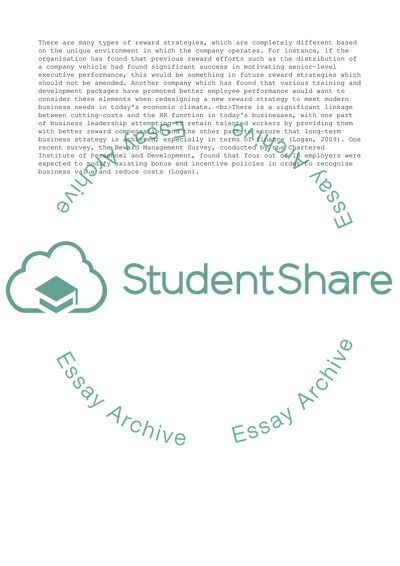Cite this document
(“Reward strategy and todays business climate Essay”, n.d.)
Reward strategy and todays business climate Essay. Retrieved from https://studentshare.org/management/1553533-reward-strategy-and-todays-business-climate
Reward strategy and todays business climate Essay. Retrieved from https://studentshare.org/management/1553533-reward-strategy-and-todays-business-climate
(Reward Strategy and Todays Business Climate Essay)
Reward Strategy and Todays Business Climate Essay. https://studentshare.org/management/1553533-reward-strategy-and-todays-business-climate.
Reward Strategy and Todays Business Climate Essay. https://studentshare.org/management/1553533-reward-strategy-and-todays-business-climate.
“Reward Strategy and Todays Business Climate Essay”, n.d. https://studentshare.org/management/1553533-reward-strategy-and-todays-business-climate.


